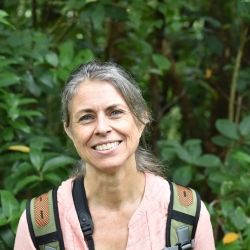Fall 2014 First Field Trip: Water and Energy, Part 3
Southern Costa Rica: Indigenous cultures and rural Costa Rica collide with hydropower expansion
Our last leg of the trip sent us to the south, near Buenos Aires, Costa Rica to learn about a controversial mega hydropower project. We stayed in Boruca, an indigenous village in the foothills of the Talamanca mountains, famous for its traditional masks and weavings. We also visited an elementary school in the rural town of Ceibo, which will be flooded, if the Diquís Mega Hydropower Project goes through. We played a little soccer and painted a few masks along the way. For our final hurrah, we made a stop at the beach and did a little crocodile watching!
Upon our evening arrival at Boruca we were greeted by masks used in the Danza de Diablitos:
To understand the social and cultural significance of the proposed hydropower project, we learned a little about the traditions of the Boruca indigenous people. Here, we are getting a lesson from doña Marina on how to use plants to make natural dyes for weavings.
From the top left: Abby Lutmer (Appalachian State University), doña Marina, Maxwell Fleming (University of Colorado-Boulder), Paola Muñoz (Program Assistant), Benjamin Russin (Oberlin College), Emily Valencia (University of Colorado-Boulder), and Rachel Weber (Duke University),
Making natural dyes:
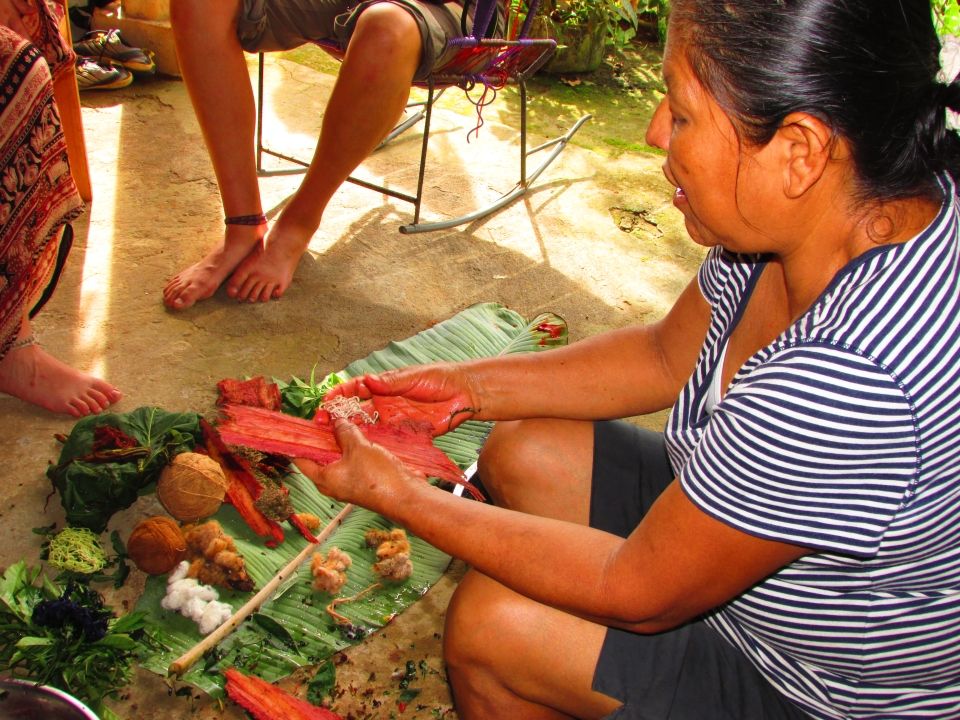
Bark, leaves, roots, and mud are crushed and combined to dye cotton, grown off the edge of the patio and spun by doña Marina into thread.
Rachel Weber and Abby Lutmer watch the magic unfold...
Some of the dyed cotton:
Maxwell Fleming get individualized instruction on how to weave, once the yarn is dry and ready.
Paola Muñoz looks on during a workshop on how carve and paint the masks used in the end-of-year celebrations known as the Danza de Diablitos. The carvers and painters let us try our hand at painting, too.
Painting our own..
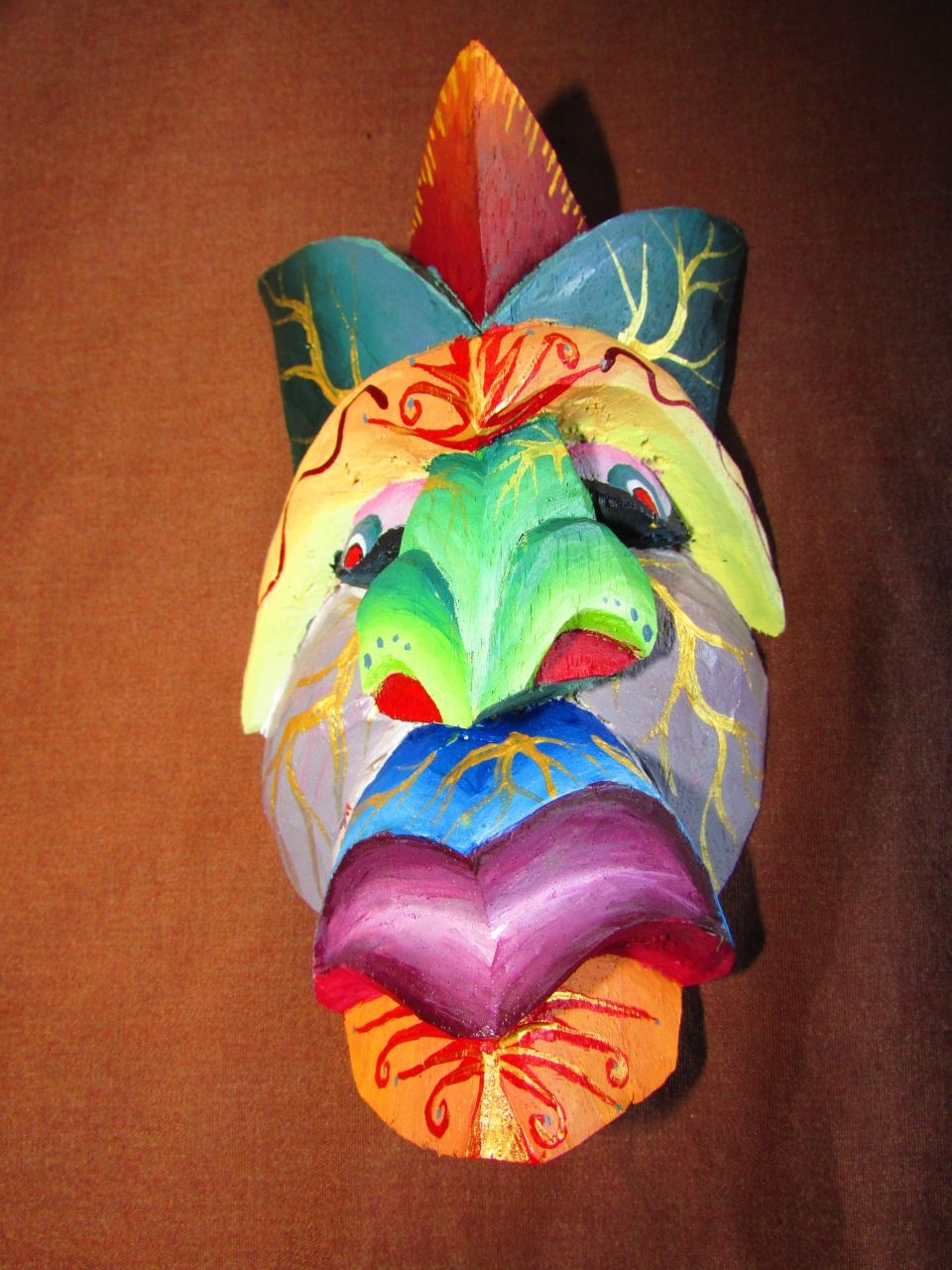
Adam gives a lecture, in yet another non-traditional classroom setting, this time to get the students prepared for our trip to hear about the Diquís Mega Hydropower Project Proposal.
A principal focus of the last leg of this field trip is to visit the offices of ICE, the Costa Rican Electricity Company, to learn their take on the Diquís Proposal. Our speaker explained how social/cultural, ecological, and economic impacts are being assessed as part of the preliminary phases of the project. This time, ICE let us visit the acheaological laboratory to see some of the relicts that have been unearthed in the area of the proposed project. They had on hand a replica of a very special Diquís sphere, one that has petroglyphs on the surface. The original, now in a national museaum, was discovered in the site where the project's water intake tower will be located. There are only about 5 such spheres with petroglyphs. We were very lucky to see the replica.
A highlight of our trip is a visit to the rural town of Ceibo, where we know the children and teachers at the local elementary school. We've been visiting every semester for the past few years and have a chance to hear their thoughts on the Diquís project. We also play soccer, and usually we get creamed pretty badly. This year we were wise and we played in mixed teams (both Ceibo and CIEE). Maxwell scored the winning goal!
Finally, what the kids and we have been waiting for: soccer!

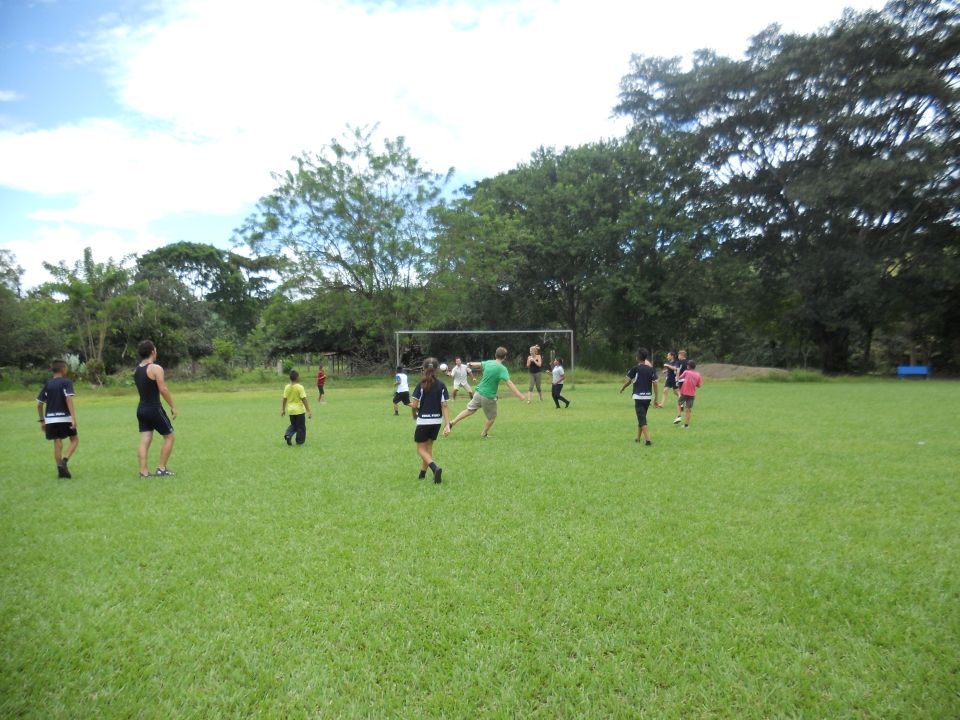
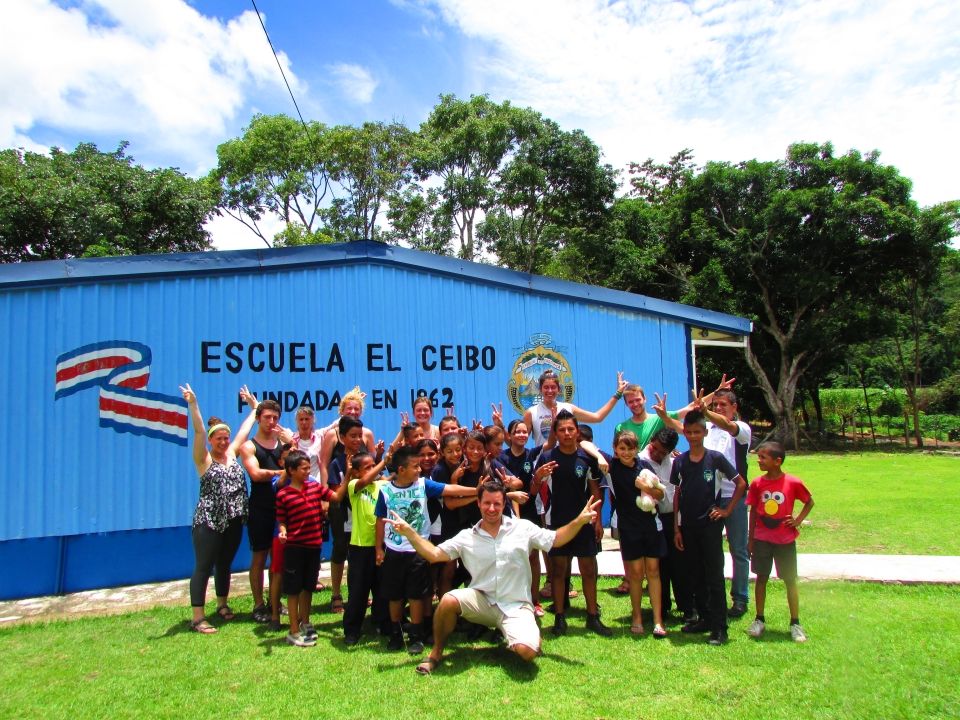
We wrapped up Field Trip 1: Water and Energy with a day at Esterillos Beach, where we got a little rest, relaxation, and exfoliation too.
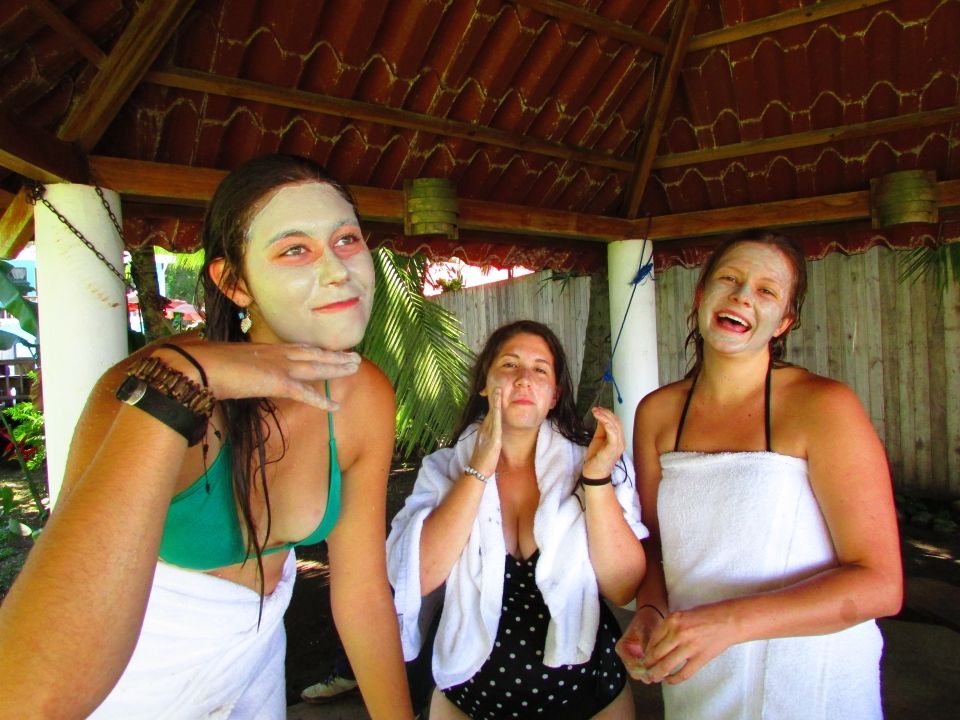
Our driver, Greivin:
We made a stop at the Río Tárcoles to view some dragon relatives, aka crocodiles.
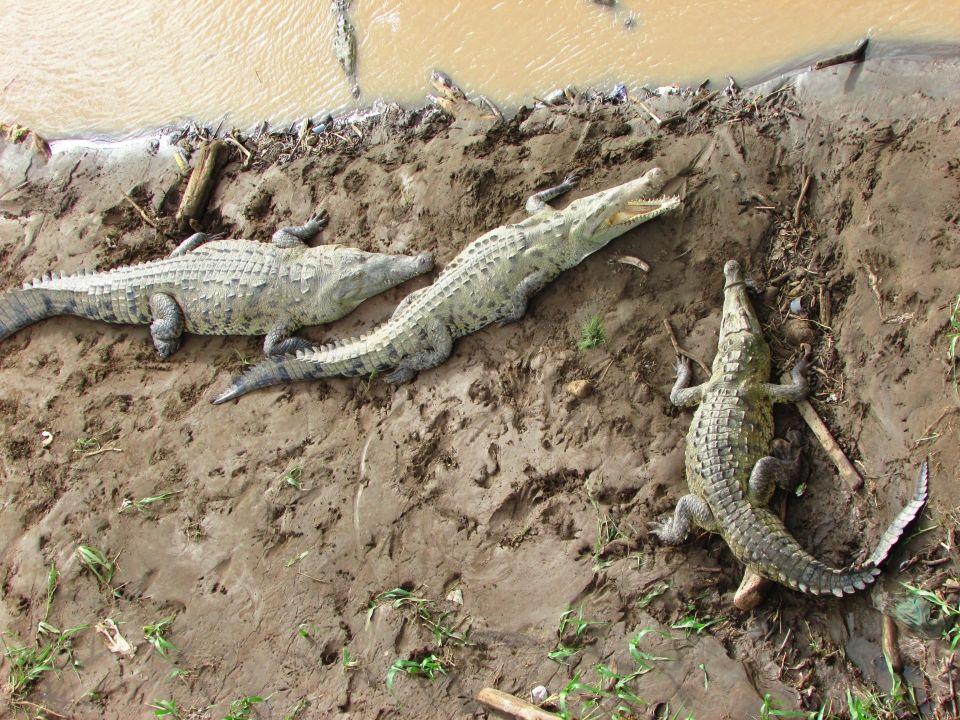
And now it's time to fly homeward, just like these scarlet macaws...
Related Posts
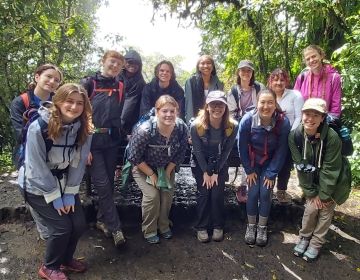
Happy Earth Day: Today and Every Day
Happy Earth Day! Every April 22, this global event comes around to remind us how precious our planet is, what sustainable efforts we can make to protect Earth, and that... keep reading

Costa Rica vs. Argentina: Which is Better for Study Abroad?
Imagine yourself sipping mate in a bustling Buenos Aires café or lounging peacefully in a hammock overlooking Costa Rica's lush rainforests. These contrasting scenes represent just a glimpse of the... keep reading
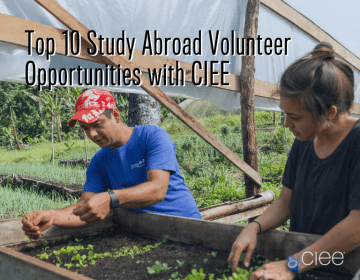
Top 10 Study Abroad Volunteer Opportunities with CIEE
Have you ever wondered if you could volunteer abroad? Perhaps you're looking into study abroad programs that provide international volunteer opportunities. If you’re itching to study abroad and truly make... keep reading
